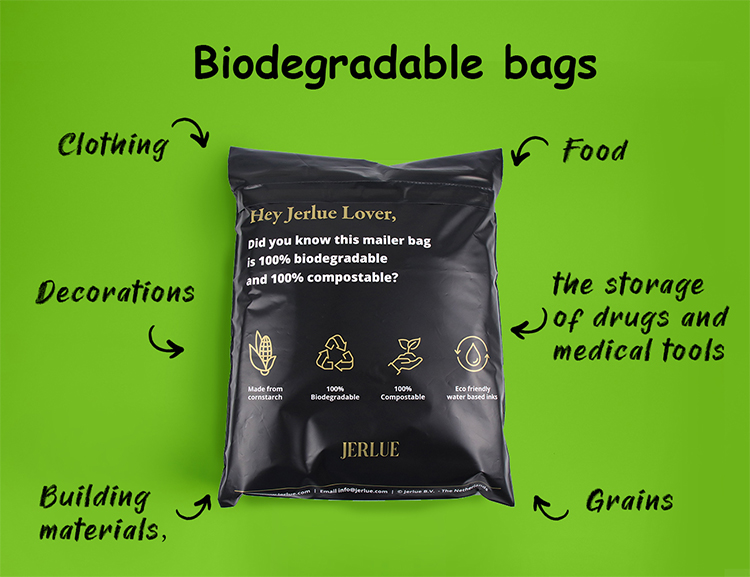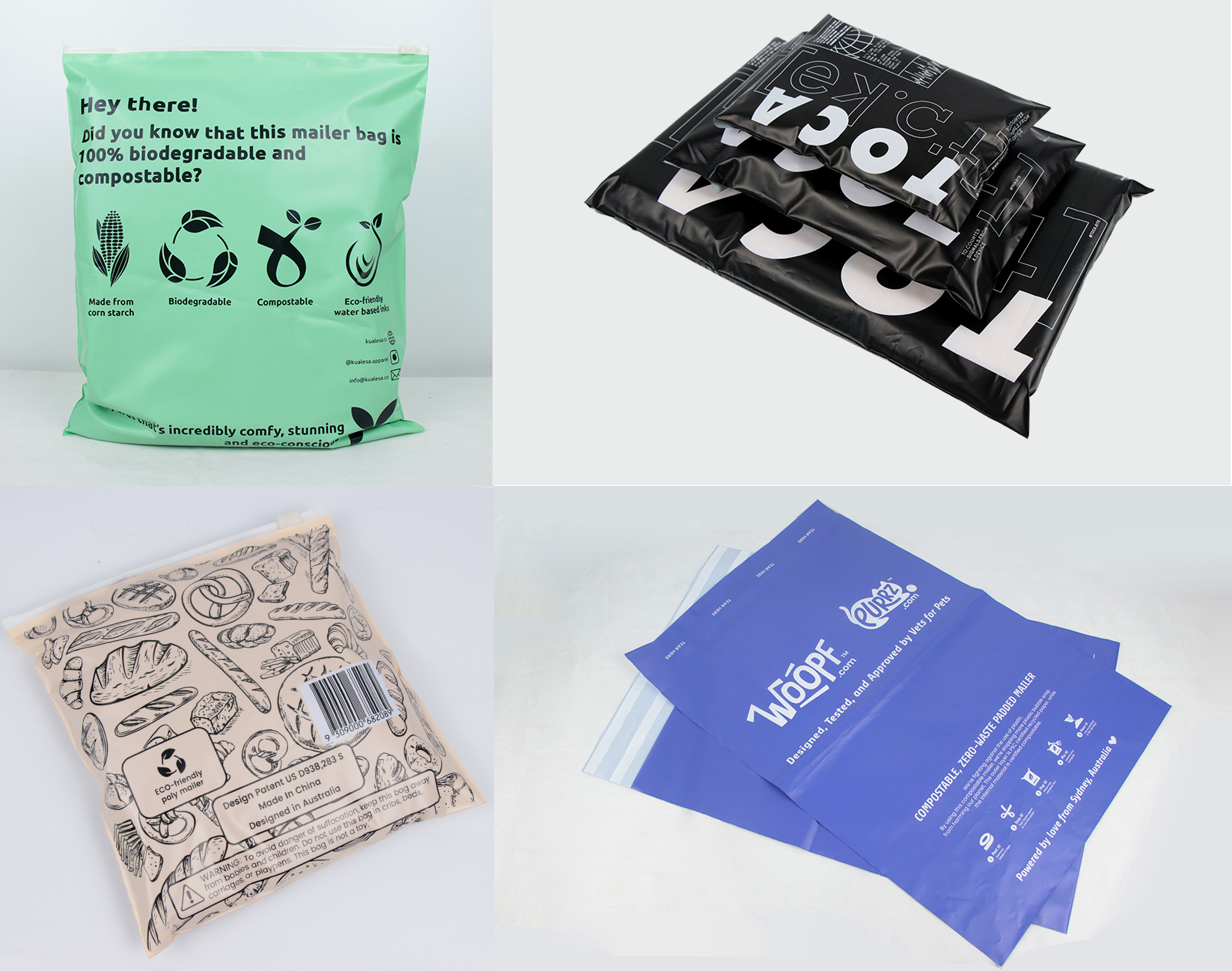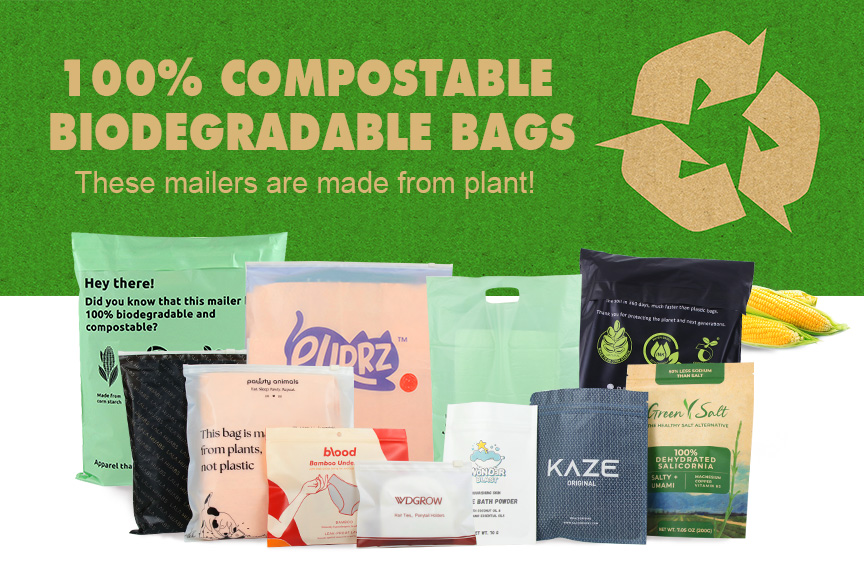Starting from January 1, 2021, China the new version of the "plastic restriction order" has been implemented in various regions. Recently, a reporter from the Beijing News visited the market and found that there are various types of degradable plastic bags available for sale, including biodegradation, thermal oxidative degradation, and photodegradation. The execution standards are also diverse, and many industry insiders find it difficult to accurately identify degradable plastic bags through methods such as material and feel.
Beijing News: From regulatory requirements, what type of plastic bag is more in line with the "degradable plastic" standard?
Liu Jun: The current GB/T 20197-2006 "Definition, Classification, Labeling, and Degradation Performance Requirements for Degradable Plastics" categorizes degradable plastics into biodegradable plastics, thermal oxidative degradable plastics, photodegradable plastics, and compostable plastics. However, the revised requirement removes the performance requirements for thermoplastics and photodegradable plastics.
Therefore, at present, GB/T 20197-2006 is currently effective, and biodegradable plastic bags, thermal oxidative degradable plastic bags, photodegradable plastic bags, and compostable plastic bags that meet the degradation performance requirements of this standard are all biodegradable plastic bags.
In addition, the current execution standard for biodegradable plastic shopping bags in China is GB/T 38082-2019 "Biodegradable Plastic Shopping Bags". Biodegradable plastic shopping bags refer to bag products made from biodegradable resin as the main raw material, with a carrying structure, used for holding and carrying goods in sales, service, and other places.
Beijing News: We found during our visit that there are "degradable plastic bags" with nominal materials of PE-D2W and (PE-HD) - D2W1 on the market. Do these plastic bags meet the requirements of the "plastic restriction order"?
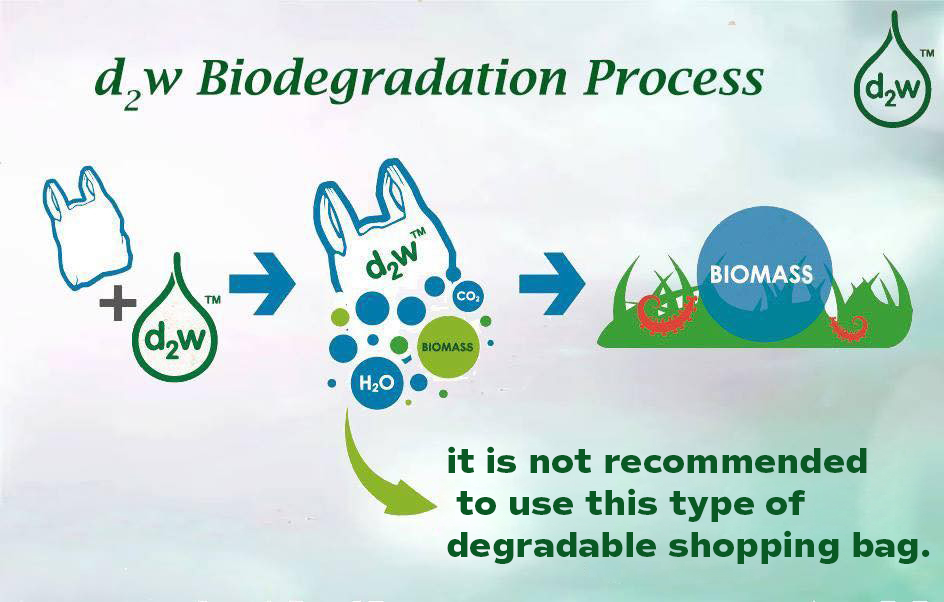
Liu Jun: D2W and D2W1 are oxidative biodegradation additives, and plastic bags made of PE-D2W and (PE-HD) - D2W1 are typical oxidative degradation plastic bags, which are included in the current classification of degradable plastics in GB/T 20197-2006. However, the degradation process of this type of plastic only becomes larger and smaller, smaller and smaller, and eventually becomes invisible particles. This not only hinders the recycling and cleaning of plastic, but fragmented plastic entering the environment will cause greater harm.
The EU Directive 2019/904, passed by the European Parliament in 2019, has already stipulated the prohibition of the circulation of disposable plastic products made of biodegradable plastics in the markets of EU member states. Therefore, from the perspective of the "plastic restriction order", it is not recommended to use this type of degradable shopping bag.
New Beijing News: Some plastic bags are labeled with PE-HD material, which is high-density polyethylene. However, the merchant claims to have added biodegradable ingredients and nominal them as "biodegradable shopping bags". Is this compliant?
Liu Jun: Only those who meet the technical indicators specified in GB/T 38082-2019 "Biodegradable Plastic Shopping Bags" can be designated as "biodegradable shopping bags". Common biodegradable materials include polylactic acid (PLA), polybutylene terephthalate (PBAT), polyhydroxyalkanoate (PHA), etc., while PE-HD is not within the scope of biodegradable plastics. Therefore, if the material is labeled as PE-HD, even if biodegradable ingredients are added, it is not a biodegradable shopping bag.
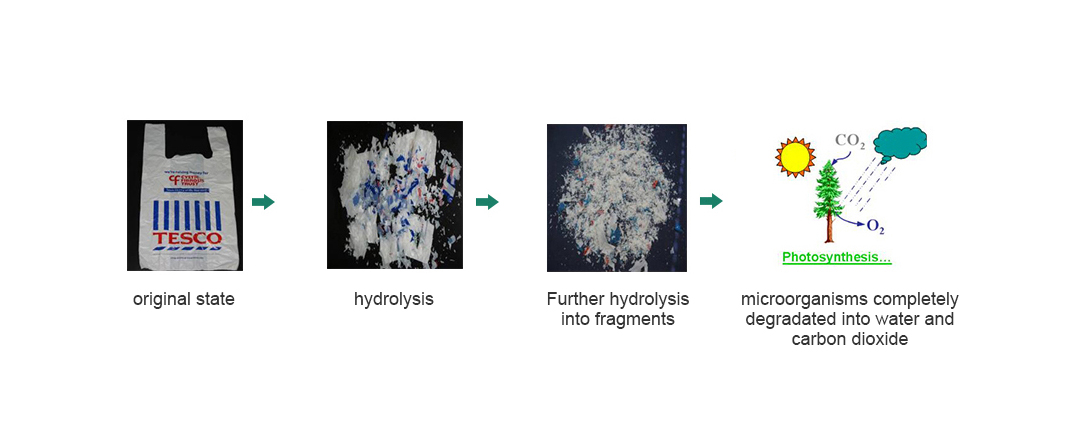
Beijing News: What are some simple identification methods for businesses or consumers when purchasing biodegradable plastic bags?
Liu Jun: Traditional plastic bags have a loud and brittle gripping sound, while fully degradable plastic bags have a quieter and softer gripping sound. When consumers purchase biodegradable plastic bags, they can recognize the "double j" logo, which includes the material, degradation conditions, and product standard number of the product. Currently, the real biodegradable plastic materials on the market are usually PLA, PBAT, or PLA+PBAT+starch (St).
Biodegradable products require certain environmental conditions to be met for degradation, therefore manufacturers need to indicate one or more of the following: "soil degradation, compostable degradation, marine degradation, freshwater degradation, sludge digestion, and high solid state digestion".
The product standard for biodegradable plastic bags is GB/T 38082-2019 "Biodegradable Plastic Shopping Bags". In addition, there are also photo degradable plastic bags and thermal oxidative degradable plastic bags on the market that comply with GB/T 20197-2006 "Definition, Classification, Labeling, and Degradation Performance Requirements for Degradable Plastics". As mentioned earlier, although these two types of plastic bags currently comply with national standards, their degradation process is only a change in size, and the harm still exists. Therefore, from the perspective of the "plastic restriction order", it is not recommended to use these two types of products.
Beijing News: What aspects do merchants need to pay attention to when verifying the qualifications of plastic manufacturers during the procurement process?
Liu Jun: When merchants purchase, they need the manufacturer to provide a report on the degradation performance test of the product. If it is a product with the "double j" label, the biodegradation rate of the product must be greater than or equal to 90%, the content of heavy metals and specific elements must comply with the requirements of the "Guidelines for Classification and Labeling of Degradable Plastic Products", the disintegration rate must be greater than or equal to 90%, and it must also pass ecological toxicity testing.
If the execution standard is GB/T 38082-2019, its biodegradation rate should be greater than or equal to 60%. If the implementation standard is GB/T 20197-2006, the biodegradation rate of biodegradable plastics is required to be greater than or equal to 60%; Compostable plastics require a biodegradability rate of 60% or more, and also meet various indicators of composting quality; Thermally degradable plastics and photodegradable plastics have different requirements for the retention rate of tensile elongation at break and the relative molecular weight decrease rate of the product.
In addition, if it is a plastic bag used in contact with food, a report that complies with GB 4806.7-2016 "National Food Safety Standard for Plastic Materials and Products in Contact with Food" is also required.
Post time: Oct-16-2023

